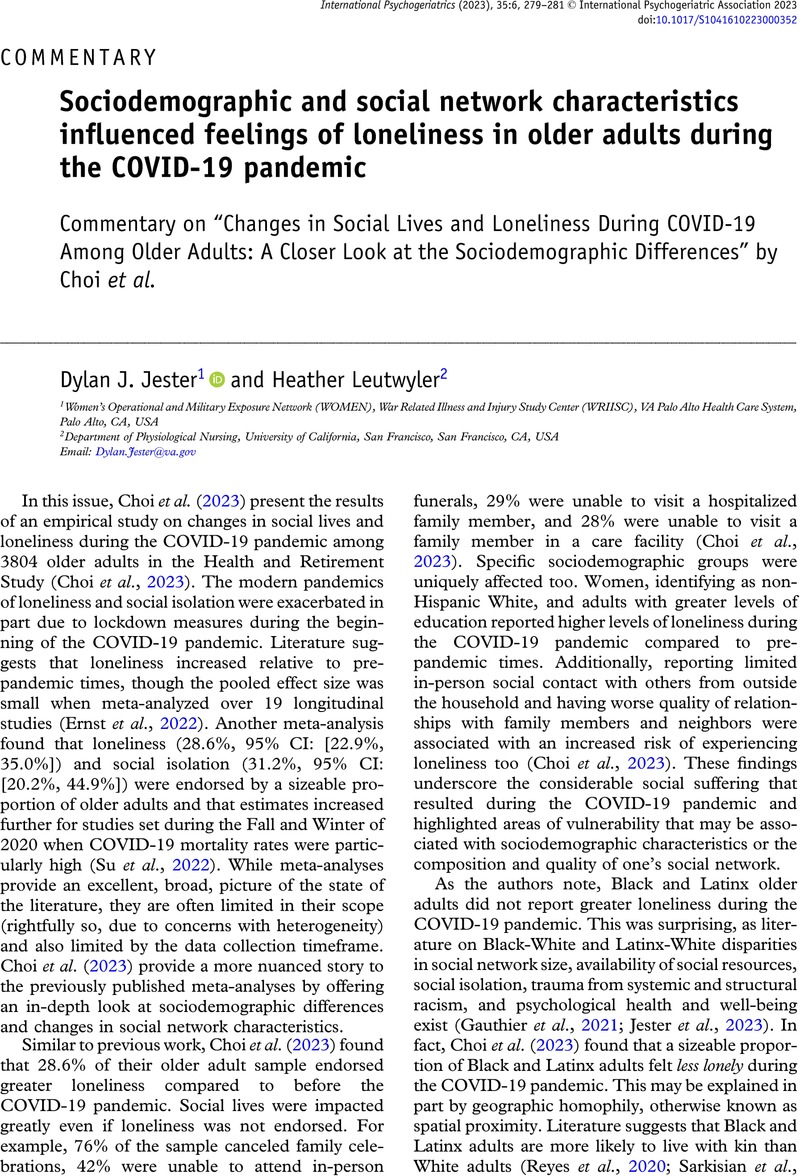Crossref Citations
This article has been cited by the following publications. This list is generated based on data provided by Crossref.
Zhao, Xu
Lou, Zhenyan
and
Chen, Cong
2025.
Multidimensional enhancement of amenity migration well-being: An analysis of the role and strategies of cultural ecosystem services.
Journal for Nature Conservation,
Vol. 84,
Issue. ,
p.
126792.



